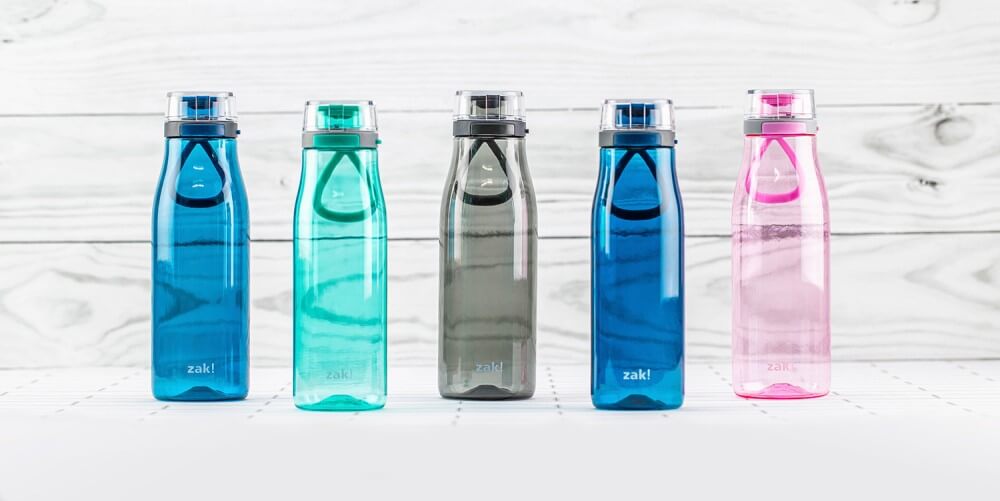If you found yourself wanting to release a product into the market, you might have heard of two terms that are often confusing and interchanged. The OEM, original equipment manufacturer, and the ODM, or original design manufacturer, are similar except for one letter or word. However, as we dig deeper, are their differences greater than a word?
What is OEM?
The Original Equipment Manufacturer is effectively just a manufacturer, in the pure sense of the word. OEMs have the manufacturing capacity to produce large quantities of a product. Hence, they are usually tapped on by companies that primarily focus on the development of a product. Their clients do the research and development then provide the specifications of a specific product. The OEM then takes these data and manufactures these products, often in bulk. The client outsources the production to the OEM.
What is ODM?
The Original Design Manufacturer takes on the part of the client and the OEM in the previous situation. An ODM performs the R&D as well as the manufacturing of the product. These products are called blank products, which can have either a private label or a white label. Private label products are products directly sold to a retailer, while white label products can be rebranded by the client.
Benefits and Disadvantages
Although you can say that the ODM is the designer and the OEM itself, hence the better one, there are a few more differences and circumstances where they each fill a niche.
- OEM
As the client of an OEM, you own the intellectual property, which is the product itself. Your rights to the design of the product are retained. Since you also designed the product, the product itself has a higher guarantee to be unique. You can also save on outsourcing production since you will not need to have high-performance assembly lines yourself.
However, the research and development phase of the product creation process might delay the release of your product by quite a while. You might also have to pay for specialized tools or molds that are needed in manufacturing.
- ODM
Being the easy way out, clients of an ODM act similarly to a normal consumer. Pick a product you want, put your brand on, maybe tweak it a bit, then you have your product. This process makes it easier and faster to put out a product to the market.
However, you do not own the product’s intellectual rights, so the amount of modifications you can do is small. It is also likely that other companies will put out a similar product to yours.
Conclusion
Some companies offer OEM and ODM services, such as an OEM/ODM water bottle supplier. For specific components or entire retail products, it can be common to outsource production to OEMs. For marketing materials or simply rebranding other products, you can reach out to ODMs. By understanding your capabilities and product needs as a company, you can easily choose which service to use.
